Ever tried ordering a croissant in Germany or a Bratwurst in France? Language barriers can be funny, but not when they hinder your website’s global reach. That’s where multilingual SEO comes into play. Connecting with a broad audience in a language they understand and respect is more than translating words. Plerdy understands this well, offering tools that enhance website analysis and user experience across different languages. In this article, we’ll dive into the nuances of multilingual SEO, ensuring that your website speaks not only multiple languages but also effectively.
Understanding Multilingual SEO
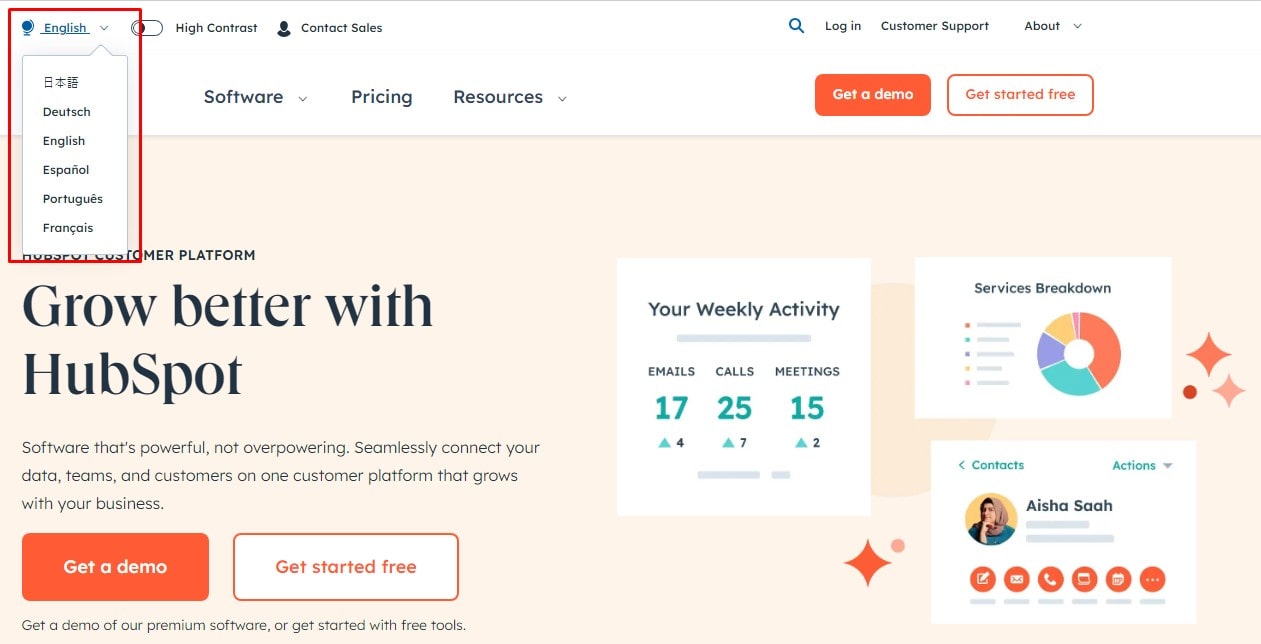
Just as a seasoned traveler learns to navigate different cultures, websites must adapt to the diverse linguistic landscapes of the digital world. This is where multilingual SEO enters the scene. It’s more than just translating content; it’s about molding your website to resonate with different cultures and languages.
Understanding Multilingual SEO
Multilingual SEO involves optimizing your website’s content for various languages, ensuring it ranks well in search engines across different regions. This strategy breaks language barriers and opens doors to new markets and audiences. It’s about understanding and leveraging the nuances of language to ensure that your content is not just seen but also understood and appreciated by a global audience. According to Moz, a leader in SEO, understanding the cultural context and search habits of your target audience in different regions is crucial for effective multilingual SEO.
Definition of Multilingual SEO
At its core, multilingual SEO is optimizing website content in multiple languages. This includes translating keywords and meta tags and tailoring content to each target audience’s culture. It’s a strategic approach that goes beyond literal translation to ensure that the essence of the message is conveyed effectively in every language.
Why Multilingual SEO is Crucial for Global Reach
Multilingual SEO must be considered in a world where over half of the web content is in English, yet only about 25% of the internet population speaks the language. It helps companies reach new markets. By optimizing for different languages, websites can significantly increase their visibility, user engagement, and, ultimately, their international footprint.
Understanding and implementing multilingual SEO is a technical task and a journey into the heart of different cultures and languages. It’s a strategic move to ensure that your website speaks the language of its diverse audience. With Plerdy’s analytics tools, this journey becomes more insightful, helping you track and enhance user engagement across different linguistic versions of your website. In the digital world, your website is your ambassador, and with multilingual SEO, it’s equipped to represent you on the global stage.
Effective URL Structure for Multilingual Sites
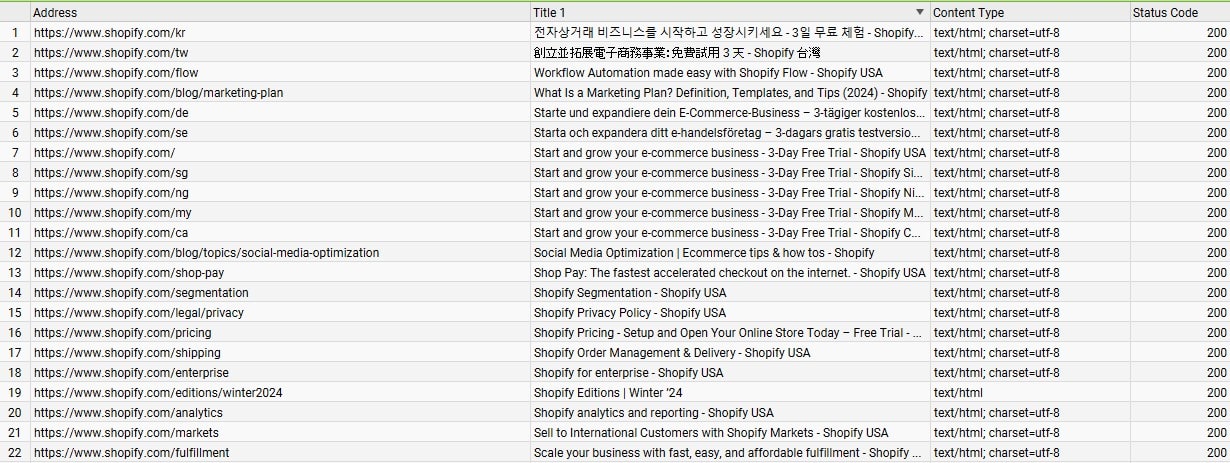
In multilingual websites, consider URLs your global GPS coordinates; they guide your audience to the right language destination. An effective URL structure is the backbone of a successful multilingual SEO strategy. It’s not just about leading users to your website but also to a version of your site that speaks their language.
Effective URL Structure for Multilingual Websites
The URL structure of your multilingual website should be clear, logical, and indicative of the language content it hosts. User navigation and search engines need clarity to interpret and index your material in multiple languages.
Pros and Cons of Different URL Structures
- Country Code Top-Level Domains (ccTLDs): Using country-specific domains (like .fr for France and .de for Germany) strongly signals to users and search engines that your website is geographically targeted. It enhances local presence and trust. However, managing multiple domains can be costly and demanding in terms of building domain authority individually for each.
- Subdirectories with Generic Top-Level Domains (gTLDs): This approach involves creating language-specific subdirectories on your main domain (like website.com/fr/ for French). It consolidates domain authority and simplifies management. The downside is a potential need for clearer regional targeting and challenges in hosting location flexibility.
- Subdomains with gTLDs: Utilizing subdomains (like fr.website.com) for different languages is easier to set up and manage. They allow for localized content without purchasing new domains. The downside includes potential user confusion and the need to build authority for each subdomain.
Search Engine Journal provides insights on how these structures impact SEO and user experience.
Best Practices for URL Optimization
Consistency and clarity are key when optimizing URLs for multilingual websites. Follow a uniform structure across all languages, ensuring URL language indicators are unmistakable (like ‘en’ for English and ‘es’ for Spanish). Use hreflang tags to target URLs by language and region. Keep URLs simple, avoiding unnecessary parameters or complex structures.
An effective URL structure is a critical element in the multilingual SEO landscape. It’s like having a well-organized map for your global visitors, ensuring they find the content in their language quickly and efficiently. By carefully choosing your URL structure and following best practices for optimization, you can significantly enhance the user experience and SEO performance of your multilingual website. In the digital world, clarity and simplicity go a long way in bridging linguistic divides.
Leveraging Hreflang Tags for Targeted SEO
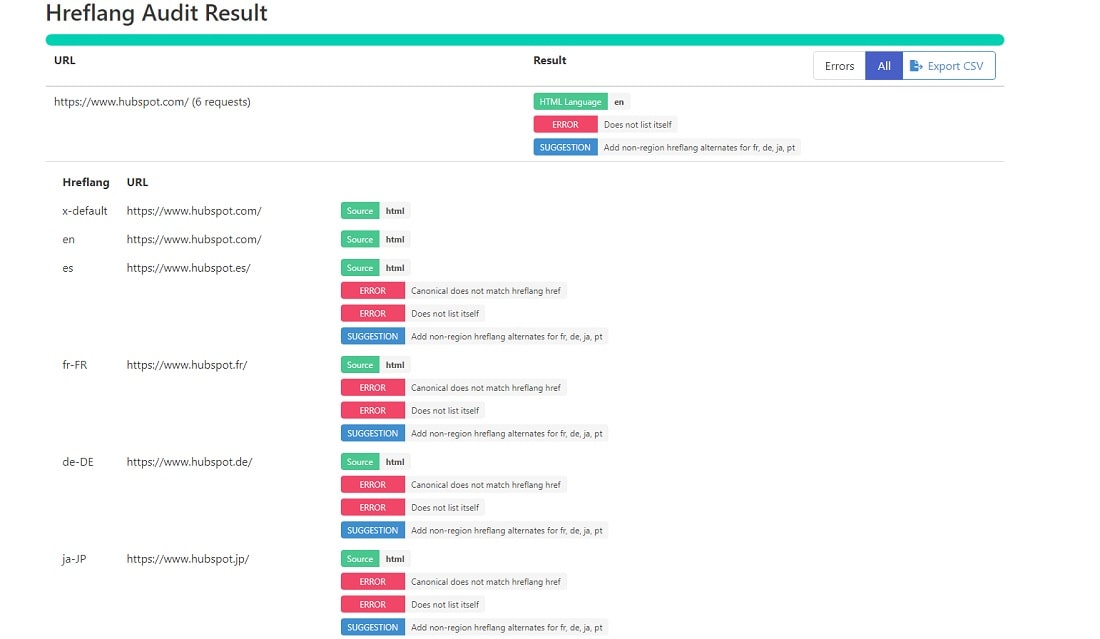
Imagine speaking to a global audience, but everyone hears your message in their language. This is what leveraging hreflang tags for targeted SEO is all about. It’s like a digital babel fish, translating the intent of your web pages to suit diverse audiences across the globe.
Leveraging Hreflang Tags for Targeted SEO
Reflang tags let search engines offer the right URL to viewers the right URL in multiple languages or regions. These small pieces of code are powerful tools in your SEO arsenal, ensuring that your content reaches the right audience in the right language.
Understanding Hreflang Tags
Hreflang tags tell search engines your content’s language or location. This is especially important for websites with similar content in multiple languages. By implementing these tags, you tell search engines like Google which version of a page to show based on the user’s location and language preferences. As Google’s Webmaster Central Blog explains, this prevents language or regional mismatches in search results, enhancing user experience.
Implementing Hreflang Tags Effectively
To effectively use hreflang tags, you must include them in the HTTP header, the website’s sitemap, or each web page’s head section. They should accurately reflect the language (ISO 639-1 format) and optional regional codes (ISO 3166-1 Alpha 2 format). Remember to include a self-referential hreflang tag on each page and a default tag (‘x-default’) for users who don’t fit into the specified locales. This helps avoid any confusion and ensures proper search engine indexing.
Hreflang tags are your secret weapon in multilingual SEO. They ensure that no matter where your users are or what language they speak, they’ll always find the version of your content that’s meant for them. Implementing hreflang tags might seem like a small step, but it’s a giant leap in making your website truly global. With these tags, you can confidently take the world stage, knowing your audience will understand your material.
SEO and Website Localization: A Global Strategy
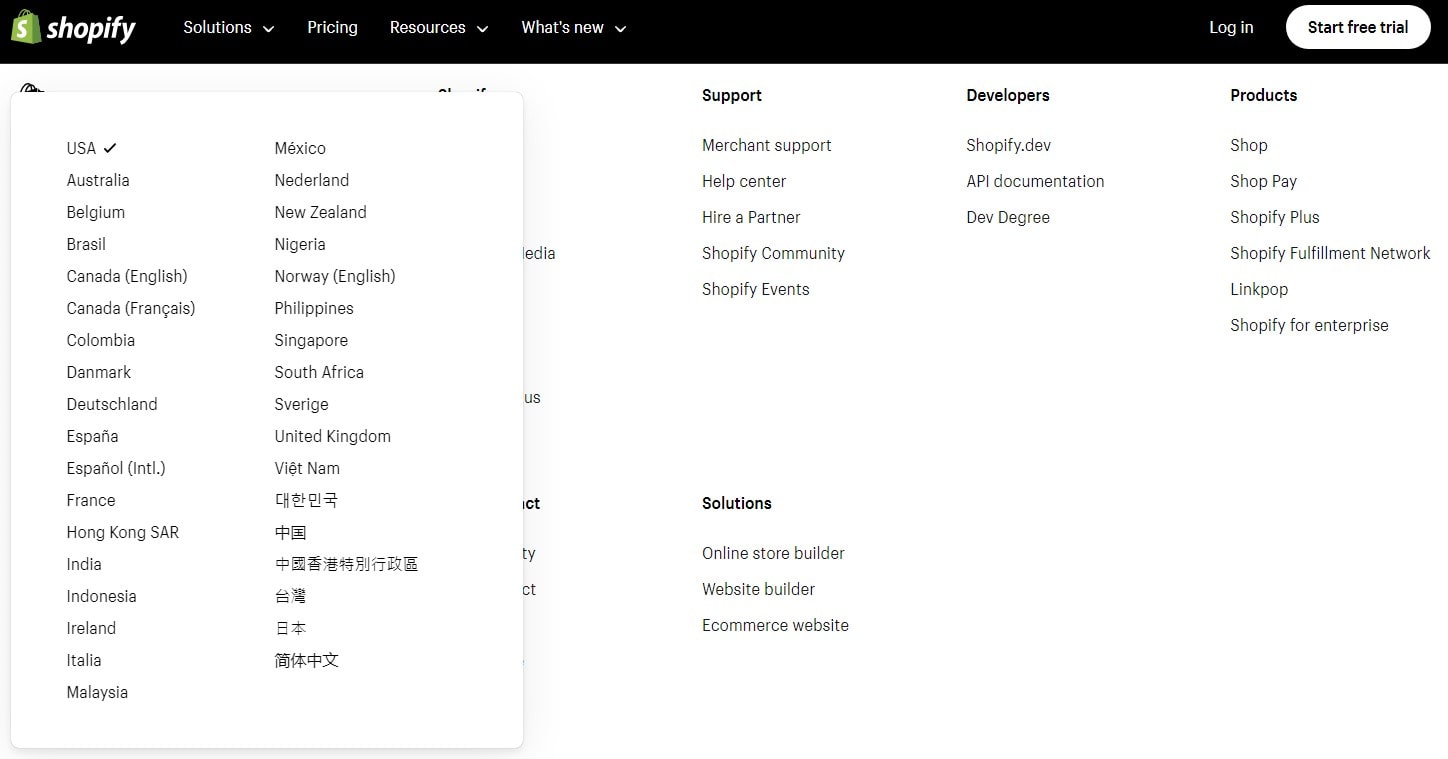
In today’s digital landscape, effectively communicating with your audience goes beyond mere translation – it involves connecting with them culturally. SEO and website localization are pivotal in ensuring your message is understood and culturally relevant across different languages and regions.
SEO and Website Localization
SEO and website localization are indispensable for a truly global reach. This process is more nuanced than simple translation. It’s about tailoring your website’s content to reflect your audience’s locale’s cultural intricacies and linguistic subtleties.
Integrating SEO with Content Localization
SEO and content localization are about more than direct translation. They’re about cultural dialogue. When you localize content for SEO, you adapt to local norms, values, and colloquialisms, ensuring your website’s message resonates culturally. For instance, studies show that most customers prefer purchasing in their native language. SEO integration with localized content can raise website user engagement, bounce, and conversion rates.
Quality Translation for SEO-Optimized Websites
High-quality translation is fundamental to successful SEO for multilingual websites. It’s not just about language conversion; it’s about preserving the original content’s intent, style, tone, and context. Substandard translations can lead to misinterpretations or even offend your audience. While tools like Google Translate can provide a basic framework, human translators are vital for capturing the true essence of your message, especially for SEO-sensitive content on websites. They understand idiomatic expressions and cultural nuances that automated tools often overlook.
SEO, Website Localization, and Beyond
Content localization and translation extend beyond mere SEO tactics, essential to a comprehensive global strategy. Localizing content on your website means you’re not just translating words; you’re conveying experiences and emotions, making your brand resonate and connect globally. In the worldwide marketplace, effective communication means speaking in a language that’s not only linguistically accurate but also culturally attuned. With well-localized and translated content, your website transforms into a welcoming global hub, inviting users from various cultures in a language they embrace, enhancing your site’s SEO and global appeal.
Keyword Optimization Across Languages
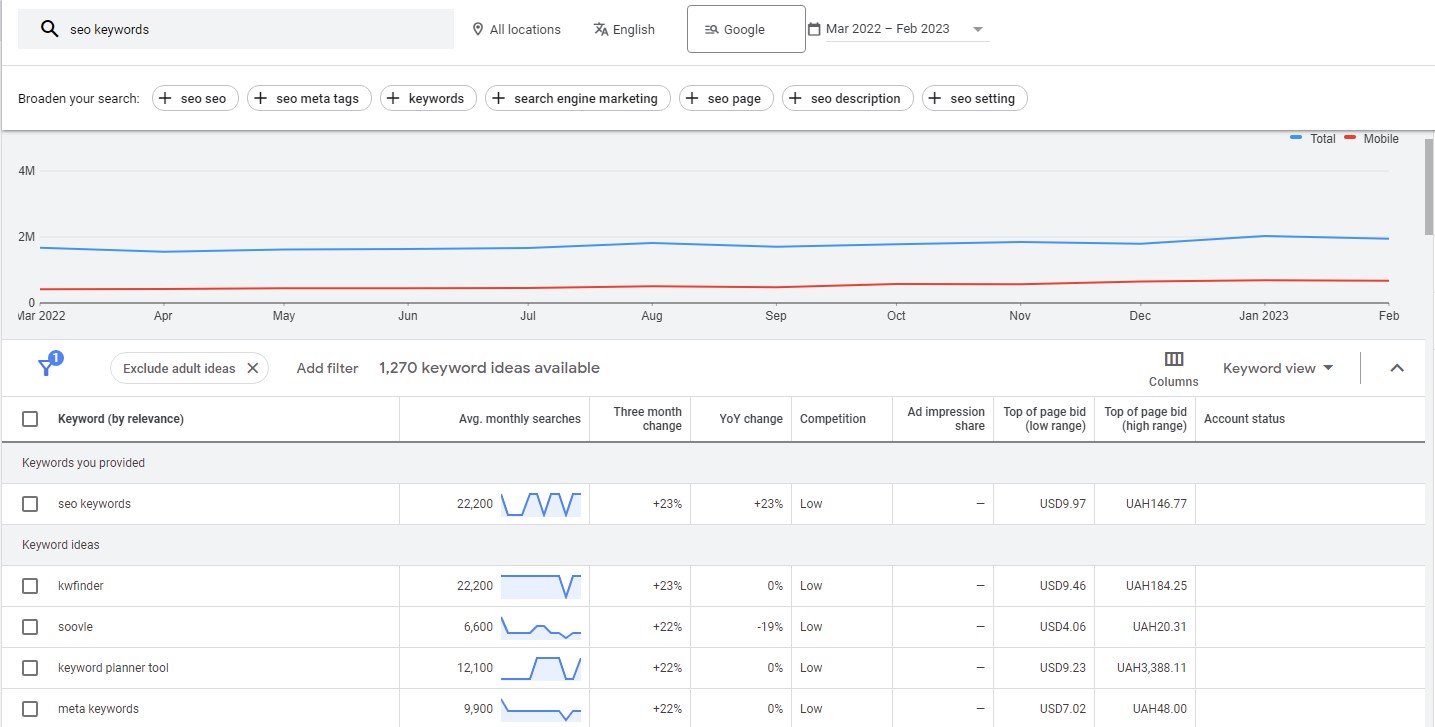
Imagine crafting a message that resonates in words and meaning across the globe. That’s the art of keyword optimization in multiple languages. It’s like finding the key to unlock the door to diverse cultures, ensuring your content reaches and engages a global audience.
Keyword Optimization Across Languages
Optimizing keywords across different languages is a crucial aspect of multilingual SEO. It involves understanding and applying the most effective and relevant keywords for each language version of your website.
Keyword Research for Multilingual SEO
Effective keyword research in multilingual SEO requires understanding each target market’s specific search behaviors and preferences. More is needed than translating English keywords directly into another language. Cultural nuances, local slang, and regional dialects can all influence how people search for different languages. According to Search Engine Land, Google’s Keyword Planner can provide popular search terms in different languages and locations.
Implementing Multilingual Keywords
Once you’ve identified the right keywords for each language, the next step is their strategic implementation. This includes incorporating them naturally into your website’s content, titles, meta descriptions, and URLs. The goal is to optimize material for search engines in each language while maintaining context and relevance.
Mastering keyword optimization across languages is akin to being a linguist and a marketer. It’s about speaking the language of your global audience, both literally and culturally. When done right, it improves your website’s visibility in search engines across the globe and enhances user engagement by delivering content that resonates with them in their language. So, dive into the diverse world of languages with careful research and thoughtful implementation of keywords. Your worldwide audience wants to hear you in their language.
Enhancing User Experience in Multilingual SEO

Navigating a website should feel like a smooth journey, not a treasure hunt. Enhancing user experience (UX) in multilingual SEO ensures this journey is equally seamless across all languages. It’s about speaking to your audience in their language and offering them a tailored, intuitive experience.
Enhancing User Experience in Multilingual SEO
User experience in multilingual SEO goes beyond mere translation. It encompasses the overall feel, navigation, and accessibility of a website in different languages, ensuring that users from various regions can interact with your website effortlessly.
Technical Aspects of User Experience
In the technical realm, website speed is paramount. Google found that 53% of mobile consumers quit websites that take more than three seconds to load. Optimizing images, leveraging browser caching, and minimizing CSS and JavaScript can improve the user experience. As mobile usage rises worldwide, your website must be mobile-friendly.
Design and Navigability for Multilingual Users
For design and navigability, having a clear and intuitive layout that accommodates various languages is essential. This includes using language-specific characters correctly and providing easy-to-find language selection options. A consistent layout across different language versions reduces cognitive load and enhances user familiarity with your website. As Nielsen Norman Group highlighted, design consistency is key to usability.
Enhancing user experience in multilingual SEO is about making your website a welcoming place for every visitor, regardless of their language. It’s about building bridges across cultural and linguistic divides, ensuring each user feels valued and understood. In doing so, you boost your SEO and foster a global community around your brand. In the world of multilingual SEO, a great user experience is the universal language that speaks to all.
Social Media Integration for Multilingual SEO
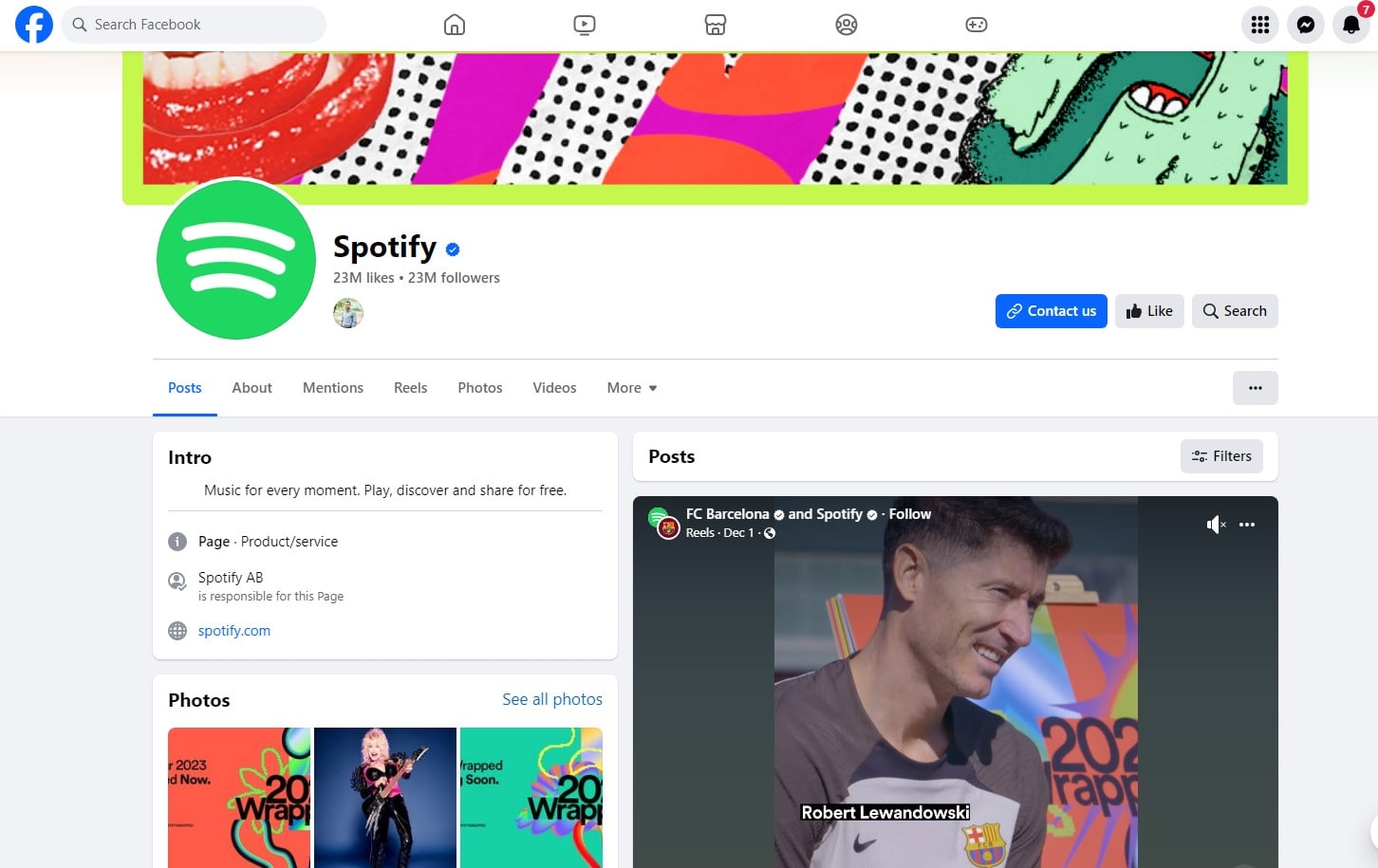
In today’s digital world, social media is not just a platform for connection; it’s a multilingual megaphone, amplifying your brand’s voice across the globe. Integrating social media into your multilingual SEO strategy is like hosting a global party where everyone is invited and speaks their language.
Integrating Social Media in Multilingual SEO Strategy
Social media’s role in SEO has evolved into a vital element, especially in a multilingual context. To increase your SEO efforts, engaging a wide audience in a language they are comfortable with is important.
Social Media for Global Audience Engagement
Engaging a global audience on social media requires content that resonates across cultures. Understanding your diverse audience’s cultural nuances and preferences is crucial. Platforms like Facebook and Twitter allow geo-targeting, enabling content to reach specific language-speaking audiences. As per a report by Hootsuite, over 3.8 billion people use social media, making it an invaluable tool for global reach. Tailoring your social media content to different languages can increase engagement and brand visibility.
Optimizing Social Media Content for Multilingual SEO
When optimizing social media for different languages, consistency in brand messaging across all languages is key. Using native speakers for content creation can ensure the message remains authentic and culturally relevant. Additionally, hashtags, a staple in social media marketing, should be localized to increase visibility in regional searches. Tools like Google Trends can provide insights into popular keywords and hashtags in different languages.
Your multilingual SEO plan should include social media to make your brand personable and accessible worldwide. It’s about speaking their language and understanding their culture. By doing so, you’re promoting your brand and creating a global community around it. In the vast world of social media, every like, share, and comment in any language is a step closer to a broader, more diverse audience. In this digital era, social media is the bridge that connects your brand to the world.
Conclusion
Embarking on the journey of multilingual SEO is like unlocking a world of opportunities. It’s about reaching beyond borders, connecting cultures, and speaking in tongues that resonate with a global audience. This guide is just the beginning. More informative Plerdy blog posts will deepen your digital marketing knowledge. Each item illuminates the ever-changing SEO and digital marketing world. As you explore further, remember that Plerdy is here to empower your journey, offering tools and insights that transform challenges into triumphs in the digital arena. Let Plerdy be your compass in navigating the vast digital world.


 Sign up with Google
Sign up with Google